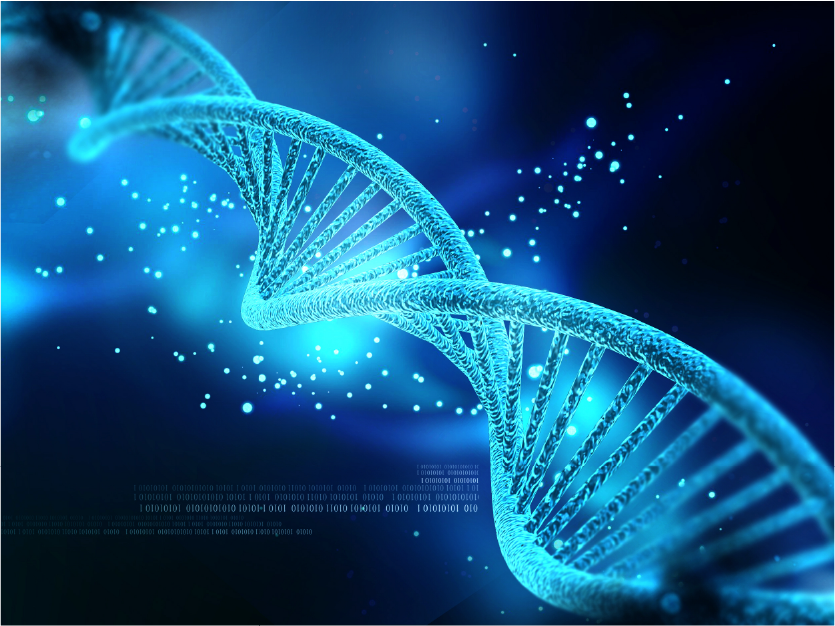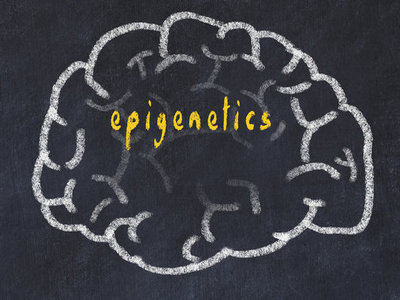Introduction
In the realm of genetics, the discovery of DNA and its double helix structure led to the assumption that genetic sequences alone determine cell phenotypes. However, researchers began to observe cases where organisms with identical genetic information exhibited different traits. This realization gave birth to the field of epigenetics, which explores the reversible influence on gene expression without altering DNA sequences. Epigenetic mechanisms encompass DNA methylation, histone modification, chromatin remodeling, and the effects of noncoding RNA. These processes involve “writers,” “readers,” and “erasers” that add, recognize, or remove chemical groups from DNA or histones. The cooperation between the epigenome, transcription factors, noncoding RNAs, and external stimuli regulates gene expression in a temporary yet long-lasting manner. Understanding normal and abnormal epigenetic processes is crucial for comprehending diseases like cancer and developing potential treatments.
In this blog, we will explore the profound impact of epigenetics in cancer research, highlighting the significance of epigenetic regulation and the role of high-quality antibodies in advancing our understanding of this complex field.
Epigenetics Regulation in Cancer
DNA Methylation and Demethylation
Epigenetics plays a crucial role in the development and progression of cancer. One key epigenetic modification in cancer is DNA methylation, which involves the addition of methyl groups to DNA molecules. DNA methylation predominantly occurs in CpG islands, typically located at the 5′ promoter region of human genes. It plays a fundamental role in various biological processes such as X chromosome inactivation, embryonic development, and genomic imprinting. In cancer, aberrant DNA methylation patterns can lead to the silencing of tumor suppressor genes or the activation of oncogenes, contributing to uncontrolled cell growth and tumor formation. This modification is catalyzed by DNA methyltransferases (DNMTs), including DNMT1, DNMT3a, and DNMT3b. DNMT1 maintains the DNA methylation status during replication, while DNMT3a and DNMT3b establish new methylation patterns. Conversely, DNA demethylation, catalyzed by Ten-eleven translocation methylcytosine dioxygenases (TETs), reverses the effect of DNA methylation and restores gene expression[1, 2].
Histone Modification
Histone proteins have a globular C-terminal domain and an extended N-terminal tail that undergo various post-translational modifications (PTMs), including methylation, acetylation, ubiquitylation, phosphorylation, SUMOylation, ADP ribosylation, citrullination, and biotinylation at specific amino acid residues. Acetylation and methylation of lysine residues on H3 and H4 are the most extensively studied PTMs. Histone acetylation neutralizes the positive charge of lysine residues, leading to a loosening of chromatin structure and enabling transcription factors (TFs) to access DNA for transcription. This process is catalyzed by histone acetyltransferases (HATs) and reversed by histone deacetylases (HDACs). On the other hand, histone methylation has complex effects depending on the targeted residues. For instance, methylation at H3K4/36/79 is associated with active transcription, while methylation at H3K9/27 and H4K20 is generally considered repressive epigenetic marks. Different histone methyltransferases (HMTs), many containing a SET domain, catalyze these modifications. For example, enhancer of zeste 2 (EZH2) specifically catalyzes H3K27 trimethylation (H3K27me3), resulting in transcriptional silencing. SET7/9 catalyzes H3K4 methylation, activating the expression of inflammatory genes. Histone demethylases (HDMTs) can remove methyl groups from these marks, altering the transcriptional activity status[1, 2].
Understanding histone modifications and their impact on gene regulation is crucial in the context of cancer. Dysregulation of these modifications can disrupt normal gene expression patterns and contribute to oncogenic transformations. By studying the role of histone modifications in cancer, researchers can identify potential therapeutic targets and develop new strategies for cancer treatment and management.
Check the list of products for histone modifications.
Non-coding RNA
Non-coding RNAs (ncRNAs) constitute over 70% of the human genome and exert regulatory effects. They are broadly classified into small ncRNAs (sncRNAs, <200 nt) and long ncRNAs (lncRNAs, >200 nt) based on size. Among sncRNAs, microRNAs (miRNAs) are extensively studied. Initially considered “junk transcripts,” miRNAs play critical roles in maintaining biological robustness and ensuring organismal homeostasis by buffering against perturbations. In humans, miRNAs regulate nearly 60% of protein-coding genes by binding to the 3′ untranslated region (UTR) of target mRNAs, resulting in gene downregulation. The function of miRNAs, whether as oncomiRNAs or tumor suppressors, depends on the roles of their target genes. More than 50% of miRNA genes are located near CpG islands (CGIs) and are susceptible to other epigenetic modifications. Extensive research has revealed the involvement of miRNAs in various cancer types.
LncRNAs are a diverse family of long transcripts derived from different genomic locations. They can influence target sites within the nucleus or cytoplasm and exhibit multiple roles such as chromatin regulators, enhancers, ncRNA sponges, and molecular scaffolds. Similar to mRNAs, lncRNAs undergo splicing, possess a 5′-cap, and polyadenylation, with the exception of circular RNAs (circRNAs) that lack a cap and poly-A tail. Recent studies have highlighted that lncRNAs and circRNAs can encode functional peptides with short open reading frames (sORFs), rendering their mechanisms more intricate. These findings expand our understanding of the multifaceted functions of lncRNAs and circRNAs in cellular processes[1].
Ongoing research efforts continue to unravel the mechanisms by which miRNAs, lncRNAs, and circRNAs contribute to various types of cancer, providing potential avenues for therapeutic interventions and diagnostic applications.
Check the list of products for non-coding RNA research.
Applications of ABclonal Epigenetics Antibodies in Cancer Research
At ABclonal, we offer a range of high-quality antibodies specifically designed for studying epigenetics. Our antibodies are rigorously validated and optimized for various applications such as ChIP-Seq and CUT&Tag. They enable researchers to accurately detect and analyze epigenetic patterns, providing valuable insights into cancer mechanisms.
By utilizing our antibodies, researchers can uncover the epigenetic landscape of cancer cells, identify key regulatory regions, and elucidate the functional consequences of these modifications on gene expression. Our antibodies empower scientists to explore the dynamic interplay between epigenetics and cancer development, ultimately leading to the discovery of novel therapeutic targets and the development of personalized treatment strategies.
At ABclonal, we offer a comprehensive research tools for Epigenetics
Never Miss an Update: Subscribe to Our Newsletter
We encourage cancer researchers to explore our product catalog and leverage the power of our epigenetics antibodies to advance their understanding of epigenetic regulation in cancer.
To stay updated on the latest research findings and product updates, we invite you to sign up for our newsletters and follow us on social media. Join our community of researchers dedicated to unraveling the complexities of epigenetic regulation in cancer.
References
- Lu, Y., et al., Epigenetic regulation in human cancer: the potential role of epi-drug in cancer therapy. Mol Cancer, 2020. 19(1): p. 79.
- Cheng, Y., et al., Targeting epigenetic regulators for cancer therapy: mechanisms and advances in clinical trials. Signal Transduct Target Ther, 2019. 4: p. 62.




